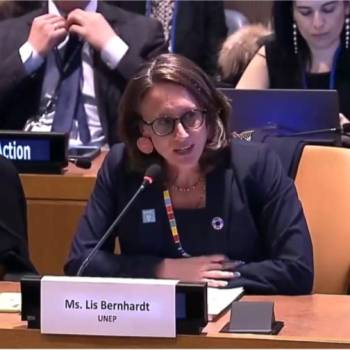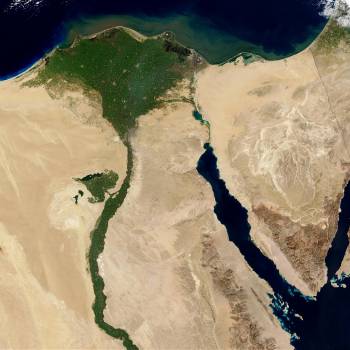
Modern cities are too often disconnected from nature, yet many were originally founded on natural capital hotspots; water resources, fertile soils, rich biodiversity and safe access to the ocean. For millennia, human civilizations grew around these access points, transforming them into highly modified ecosystems as they grew. Very often, this growth has come at the expense of the health of the underlying natural ecosystem that was the original source of wealth for the city. Rediscovering the original links between cities and their natural basis is the key to unlocking a more sustainable urban future - a future where cities embrace nature and thereby generate greater health and prosperity for their citizens.
City investors and mayors are beginning to realize this connection and the substantial returns on investment that can come from deploying nature-based solutions in the urban realm. Last week, the BiodiverCities by 2030 initiative - a collaboration led by the World Economic Forum (WEF) - released a report that sought to quantify the economic benefits of investing in greening urban.
The report is compelling, evidence-based and compelling in making the case for substantial investment in nature-based solutions in urban centers around the world. The report, Transforming the relationship of cities with nature , explore interdependencies between cities and nature, and suggests that there are tentative signs that global financial flows began to be directed towards investment in urban nature.
It then contrasts the threat nature loss poses to economic productivity, by exposing a strong economic rationale for positive investment in nature.
The erosion of natural capital in cities could reduce productivity by more than 40%, Nature-based solutions – from green roofs and storm drain conversions to resurfacing rivers buried urban infrastructure – often cost half the price of “grey” infrastructure, while offering a 28% higher economic return – not to mention peripheral benefits such as improved human well-being and safety. 'use.
Despite this, nature-based initiatives only receive 0.3% of urban development spending.
BiodiverCities' vision is that cities exist in harmony with nature by 2030.
The report outlines a number of essential conditions for achieving this harmonisation. This includes ensuring that the reintegration of nature becomes a priority in urban planning and that city leaders and development actors recognise, champion and implement positive nature change. The report also highlights the critical requirement to measure the status and trends of the components of urban nature - through the use of indices such as the new evidence which urban of the International Union for Conservation (IUCN) - and the need of tools, frameworks and expertise to inform and encourage financial.
UNEP-WCMC (1) we already answer many of the report's recommendations, in particular by increasing the focus on cities and urban areas as we implement our new organizational strategy.
In China, we are helping two cities better understand their interdependencies with nature. Since 2017, we work with municipal leaders from the provincial capital Chengdu to support maximizing the ecological zone of the green belt of the city and measure the impact of its green infrastructure projects. Last year, we started to work with one of the largest cities, Shenzhen, to quantify the benefits and use of nature in urban planning. We very much hope that the WEF report will raise awareness of the need to invest more in greening cities. The case for such an investment was already strong due to the environmental and social benefits that urban nature provides. With this report, we now have a clear and convincing economic case for investment.
"We look forward to continuing to play our part in helping businesses and municipal leaders fundamentally transform 21st century cities into places where people live in harmony with nature." Jonny Hughes is Chair of the IUCN Urban Alliance and a member of the BiodiverCities by 2030 Global Expert Commission.
The new report "Transforming Cities' Relationship with Nature" was produced by the WEF and the Research Institute of the Alexander von Humboldt Biological Resources, with support from the Colombian government, Arup International and of AlphaBeta, under the BiodiverCities by 2030 initiative.
(1) - The World Conservation Monitoring Center or UNEP-WCMC is a United Nations agency based in Cambridge, UK. She has been part of the United Nations Environment Program since 2000, and is responsible for the biodiversity dossier in the United Nations system. Wikipedia
Sources
- Jonny Hughes, WCMC Chief Executive Officer, UNEP-WCMC
Posted on 2022-01-27 13:35








Comments